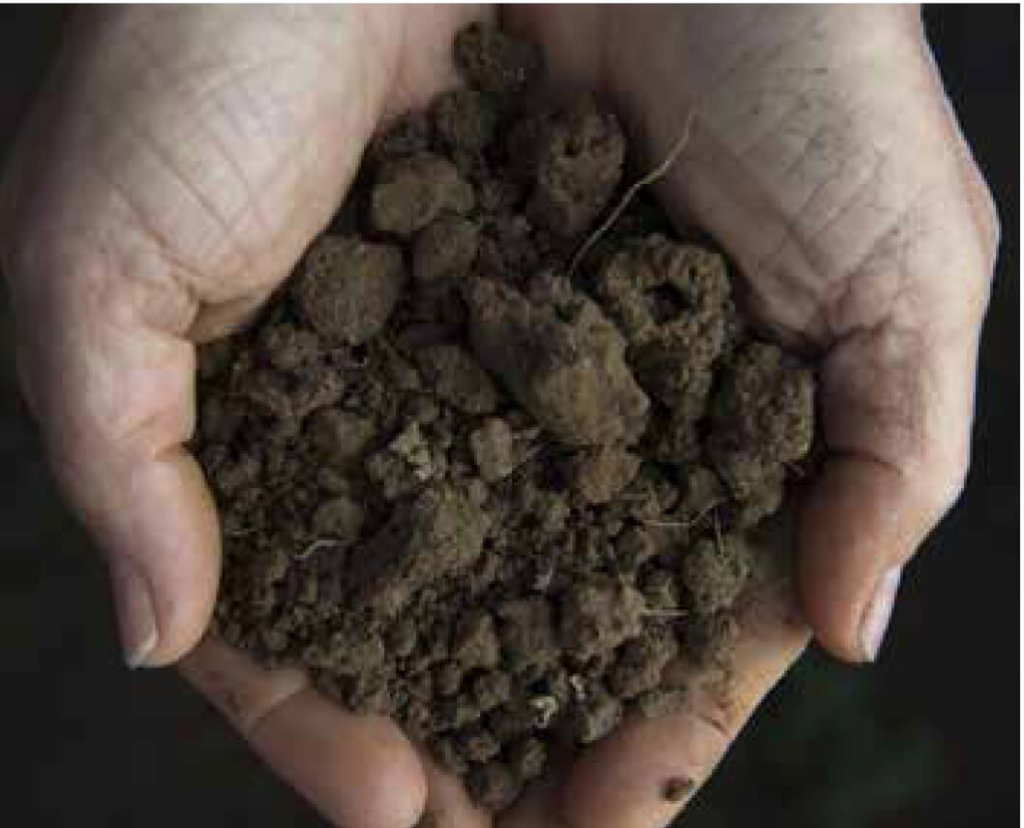Carbon sequestration in Charlotte
 There’s not a ton of good news in the climate change conversation these days, but Vermont pops up frequently in discussions of carbon sequestration. What, you might ask, is carbon sequestration? It is a process for removing carbon dioxide, CO2, from the air and capturing it within the earth, thus removing it from the atmosphere.
There’s not a ton of good news in the climate change conversation these days, but Vermont pops up frequently in discussions of carbon sequestration. What, you might ask, is carbon sequestration? It is a process for removing carbon dioxide, CO2, from the air and capturing it within the earth, thus removing it from the atmosphere.
Recall from junior high science class that plants make energy via photosynthesis: solar energy (from the sun) plus CO2 (from the atmosphere) and water are converted, via photosynthesis, to sugars that feed plants and oxygen that is released into the atmosphere.
A recent study by The Nature Conservancy and 15 other institutions, published in the Proceedings of the National Academy of Sciences, concludes that natural solutions like carbon sequestration could prevent or capture more than one-fifth of annual U.S. greenhouse gas pollution—the equivalent of emissions from all U.S. cars and trucks! Likewise, by 2030, natural solutions could mitigate more than one-third of emissions worldwide, the reduction needed to keep global temperature increases under two degrees centigrade.
Where does Vermont fit into this puzzle? Recently the Vermont Chapter of The Nature Conservancy designated two climate resilient preserves within the state that are well positioned to capture carbon: Raven Ridge in Charlotte, Hinesburg and Monkton and Burnt Mountain in the Northeast Kingdom. While ecosystems across Vermont—forests, wetlands, agricultural lands, and grasslands and shrub lands—can all capture carbon, the healthiest and most intact lands are best positioned for maximum sequestration.
The 365-acre Raven Ridge parcel was conserved in 2009. In 2018 The Nature Conservancy protected 5,408 acres of mostly forested land on Burnt Mountain. This latter preserve is contiguous to state land as well as more to than 25,000 acres of the Atlas Timberlands. Within this vast expanse lie 11,000 acres of unfragmented forest. Wildlands such as these make up only 3.2 percent of all of Vermont’s forests. Intact or uninterrupted forests have huge potential to sequester carbon. In addition, these wildlands preserve biodiversity and wildlife habitat, remove pollutants from the air and improve water quality.
The Nature Conservancy expects that Burnt Mountain will become Vermont’s largest carbon project. It estimates that within a decade Burnt Mountain will yield more than 236,772 carbon credits, one carbon credit equating to the removal of a metric ton of carbon or the elimination of 38,000 cars from the road. Estimated revenue of about $2 million from carbon sequestration will be invested in additional conservation projects.
Vermont producers of industrial-scale renewable energy—those who own large solar or wind-turbine installations—sell Renewable Energy Credits, or RECs, to out-of-state utilities to offset their use of fossil fuels. Similarly, owners of large tracts of forest, mostly in the Northeast Kingdom, are poised to sell carbon offsets to entities across the nation.
Vermont is not unique in its ability to sequester carbon. Across the United States, where ecosystems other than forests predominate, tactics for carbon capture vary. In grasslands, which include agricultural land, actions include crop nutrient management, improving soil health, avoiding grassland conversion to other uses, interplanting trees in cropland, and optimal crop mixture and intensity for animal grazing. In wetlands, restoration and avoidance of damage to coastal regions and peatlands are central. Where forests dominate, strategies include reforestation, avoiding forest conversion to agriculture or other uses, and fire management. Significant numbers of trees in urban areas can also capture and store carbon.
Growth of market payments for carbon offsets has the potential to offer income to land owners who adopt climate-friendly management techniques. A pilot project in Louisiana is paying landowners in the Tensas River Basin to reforest their land. Locally in Charlotte, a number of farmers are grazing animals strategically and improving soil health to maximize plant and animal health, with the additional benefit of capturing increased amounts of carbon from the atmosphere.
Joe Fargione, lead author of the above-mentioned study by The Nature Conservancy, concludes, “One of America’s greatest assets is its land. We demonstrated that we could reduce carbon pollution and filter water, enhance fish and wildlife habitat, and have better soil health to grow our food—all at the same time.”
This is a good moment to embrace natural solutions for global warming that are right beneath our feet.

